The word “cancer” carries a weight that few other words do. It often brings with it a tide of anxiety, questions, and uncertainty. However, in the landscape of modern medicine, cancer is no longer an enigmatic shadow; it is a complex biological puzzle that science is solving piece by piece every day. Knowledge is the most powerful tool in this journey. By understanding how cancer develops, recognizing its subtle whispers, and knowing what causes it, we shift the narrative from fear to empowerment.
This guide aims to demystify cancer, walking you through the biological mechanisms, the warning signs you should never ignore, and the risk factors that shape your health.
Send us all your questions or requests, and our expert team will assist you.
To understand cancer, we must first look at the incredible machinery of the human body. Think of your body as a bustling metropolis, constructed of trillions of microscopic citizens, your cells. In a healthy body, these cells grow, divide to form new cells, and die in an orderly fashion. It is a harmonious cycle regulated by your DNA, the “instruction manual” inside every cell.
Cancer begins when there is a glitch in this instruction manual. It is not a single disease, but a collection of related diseases characterized by the uncontrolled division of abnormal cells. When the DNA is damaged, the cell should either repair itself or self-destruct (a process called apoptosis). Cancer cells, however, ignore these stop signals. They continue to multiply aggressively, often forming a mass of tissue known as a tumor.
It is essential to distinguish between the two main types of tumors:
One of the greatest challenges in oncology is that cancer often develops silently. In its earliest stages, it may not cause pain or obvious illness. However, as the disease progresses, it disrupts the body’s normal functions. “Listening to your body” is not just a wellness catchphrase; it is a critical component of early diagnosis.
While different cancers present differently, there are general symptoms that should prompt a conversation with a healthcare professional.
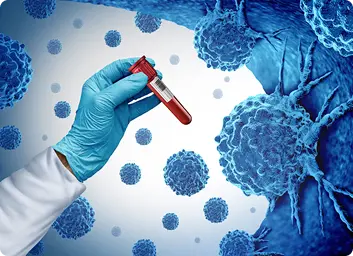
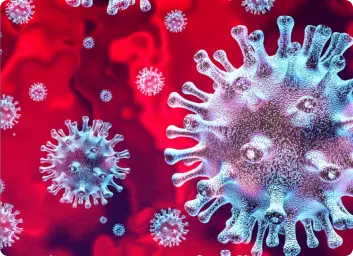
A Note on Context: It is vital to remember that most of these symptoms are more likely to be caused by benign conditions (such as an infection or a benign cyst). However, if a symptom persists and remains unexplained, it requires medical attention.
Patients often ask, “Why did this happen?” The answer is rarely straightforward. Cancer is usually the result of a “perfect storm” of factors that accumulate over time. Biologically, cancer is caused by changes (mutations) to the DNA within cells.
These genetic mutations fall into two categories:
Our environment plays a massive role in the health of our DNA. Exposure to certain substances, known as carcinogens, can physically damage the cellular structure.
The choices we make daily have a cumulative effect on our cellular health.

While anyone can develop cancer, certain factors increase susceptibility. Understanding your personal risk profile is the first step in creating a prevention plan.
Send us all your questions or requests, and our expert team will assist you.
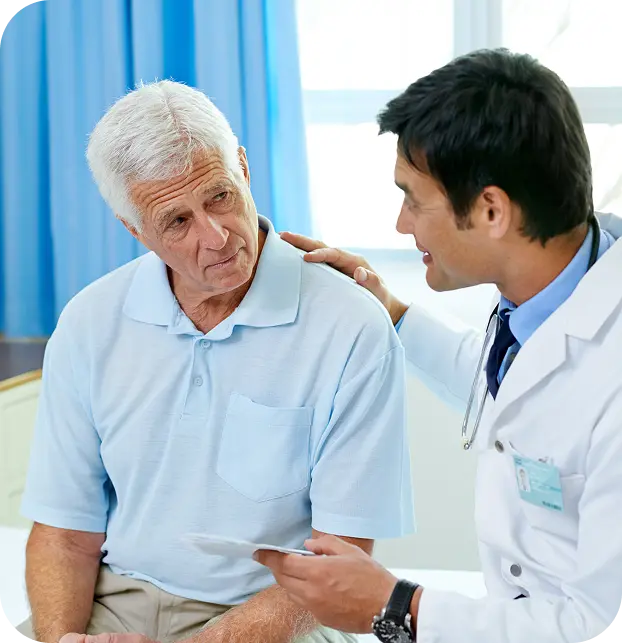
The narrative of cancer is shifting from “treatment” to “prevention and early detection.” While we cannot alter our genetics, we can significantly control acquired risk factors.
This involves stopping the damage before it starts. Quitting smoking, applying sunscreen daily, maintaining a healthy weight through a plant-rich diet, and limiting alcohol are the pillars of cancer prevention. Additionally, vaccination against Hepatitis B and HPV provides a biological shield against virus-induced cancers.
Screening tests are designed to find cancer before symptoms appear, which is when treatment is most effective.
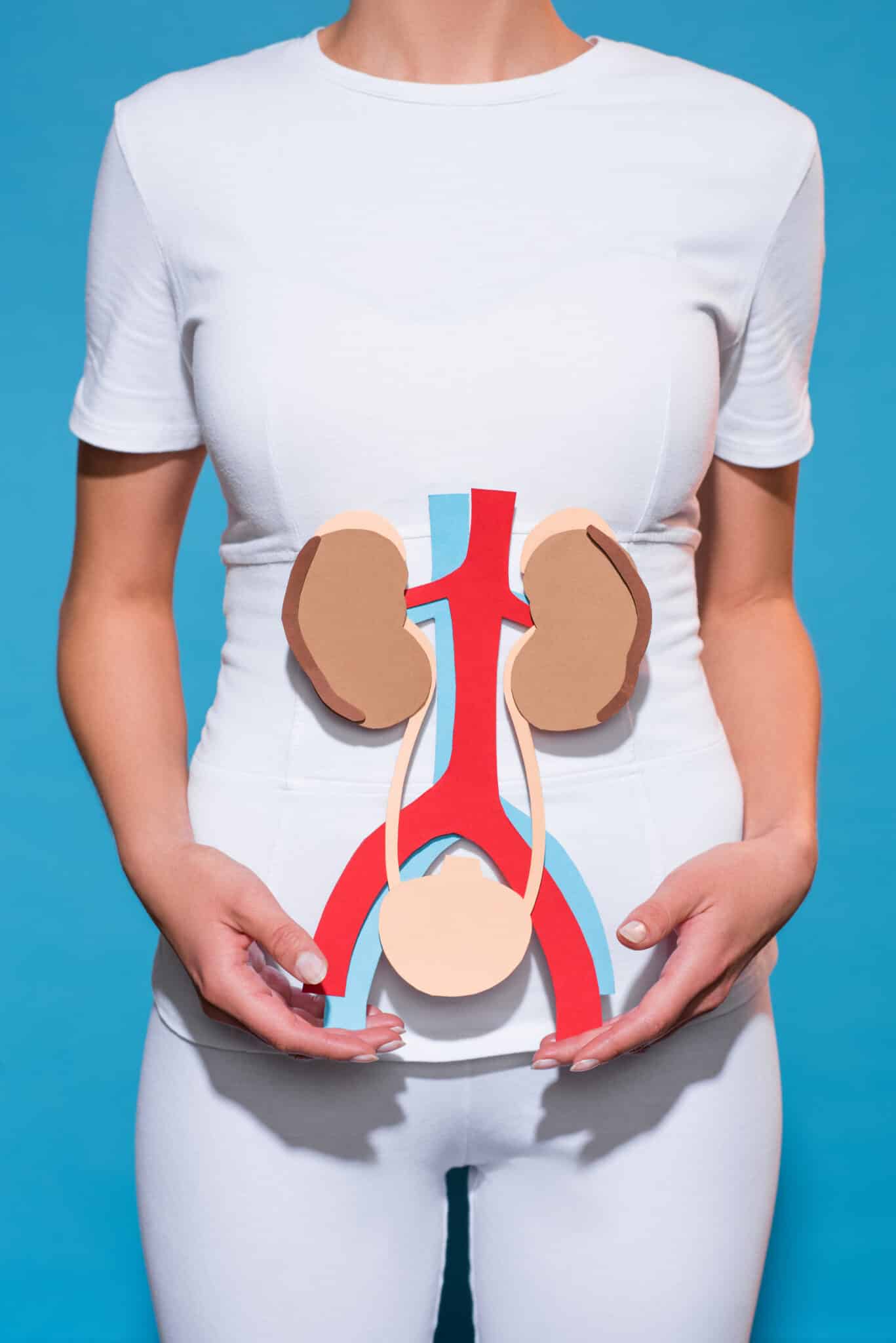
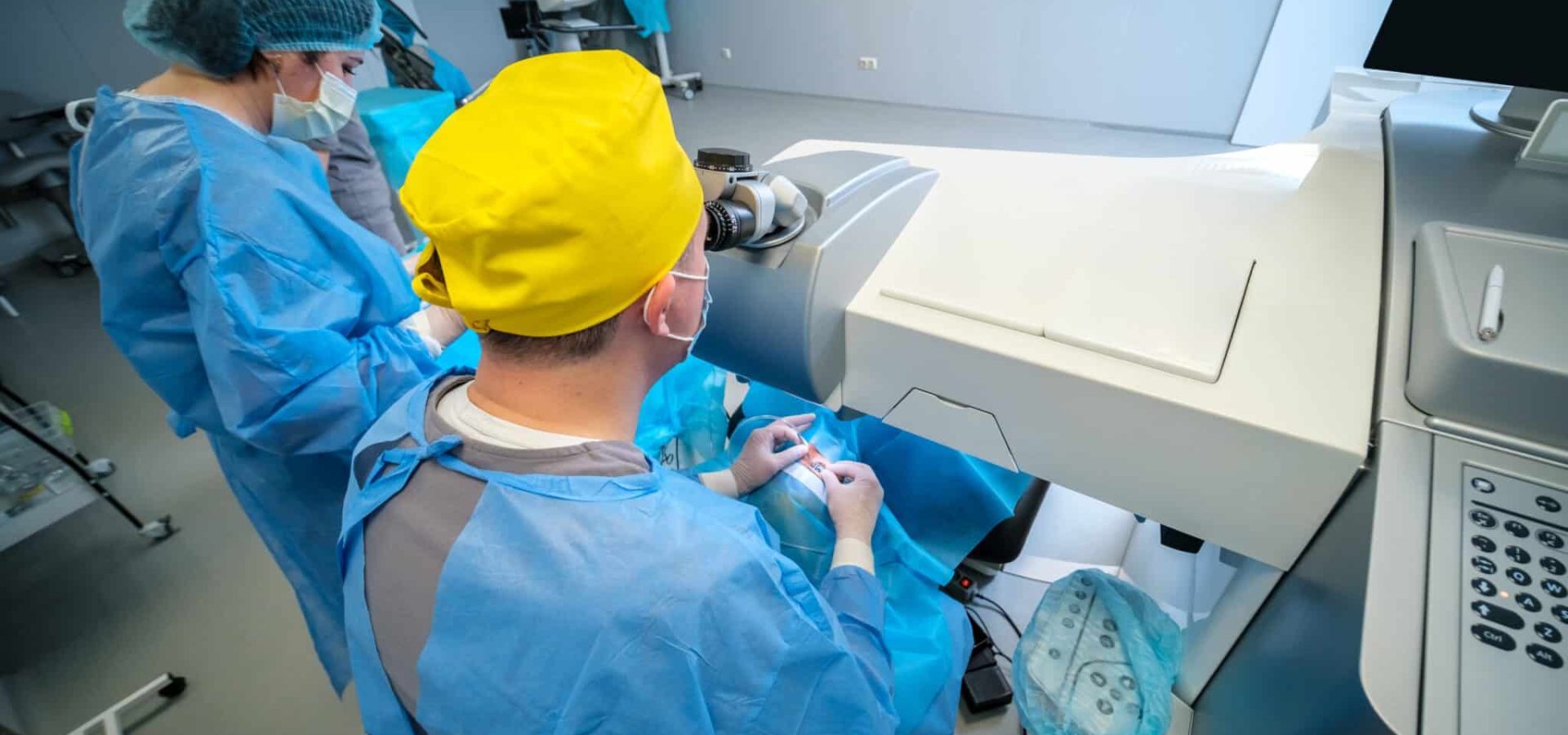

Receiving a cancer diagnosis or even investigating a suspicious symptom is an emotional journey. It requires more than just a doctor; it requires a partner. This is where the philosophy of care becomes as important as the medicine itself.
At institutions like Liv Hospital, we believe that fighting cancer requires a 360-degree approach. It is not enough to simply treat the tumor; we must treat the person. This means utilizing a Multidisciplinary Tumor Council a gathering where medical oncologists, radiation oncologists, surgeons, radiologists, and pathologists come together to discuss a single patient’s case. Instead of one opinion, patients benefit from the collective expertise of an entire team of specialists.
Whether it is leveraging the precision of robotic surgery to minimize recovery time or utilizing advanced genomic profiling to find the specific “off-switch” for a tumor, the goal remains the same: to turn the tide against cancer with precision, empathy, and science.
If you notice changes in your body, do not wait. Early detection is the key that unlocks the door to recovery.
No. In fact, only about 5% to 10% of cancers are hereditary (caused by an abnormal gene passed from parent to child). The vast majority of cancers are caused by gene mutations that occur during a person’s lifetime due to the natural aging process and exposure to environmental factors like tobacco smoke and radiation.
There is no strong scientific evidence that stress directly causes cancer. However, chronic stress can weaken the immune system and lead to unhealthy behaviors such as overeating, smoking, or drinking alcohol, which are proven risk factors for cancer.
All cells, including cancer cells, use glucose (sugar) for energy. However, eating sugar does not directly make cancer grow faster, and stopping sugar completely will not cause cancer to shrink. That said, a high-sugar diet can lead to obesity and high insulin levels, which are risk factors for several types of cancer.
No. Tumors are divided into benign (non-cancerous) and malignant (cancerous). Benign tumors do not spread to other parts of the body and are rarely life-threatening, whereas malignant tumors can invade nearby tissues and spread.
Chemotherapy works by killing rapidly dividing cells (both cancer cells and some healthy cells). Immunotherapy, on the other hand, is a newer treatment that helps your immune system recognize and attack cancer cells.
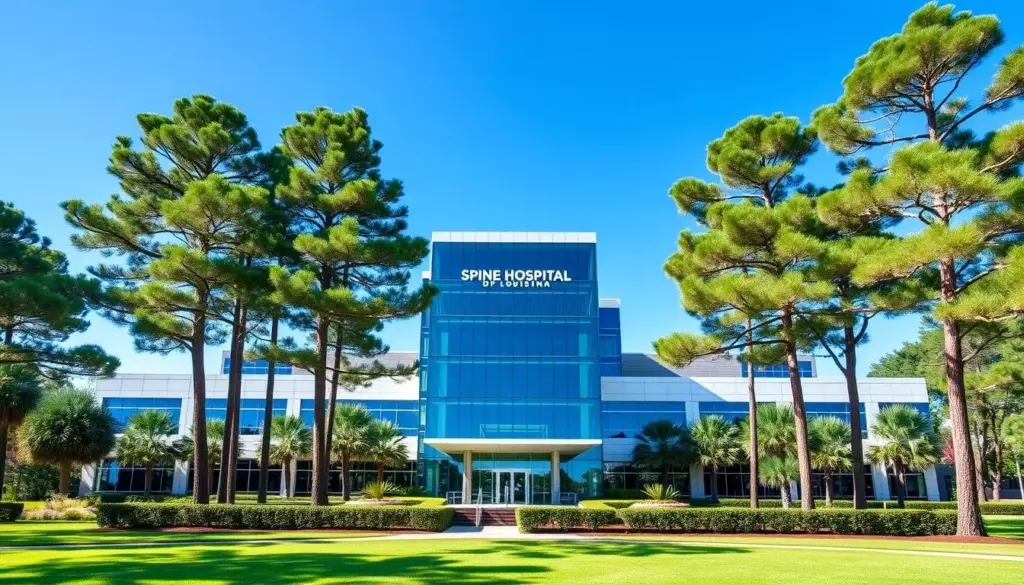
Surgical resection is a complex procedure that can save lives. But, it also comes with
Learn the key differences between dysrhythmia vs arrhythmia and how they affect your heart rhythm
Basal cell carcinoma (BCC) is the most common skin skin cancer. It's diagnosed in about
Explore the prognosis for stage 3 malignant brain tumors like anaplastic astrocytomas, with 5-year survival rates of 27-58%. Learn how Liv Hospital’s multidisciplinary approach can help.